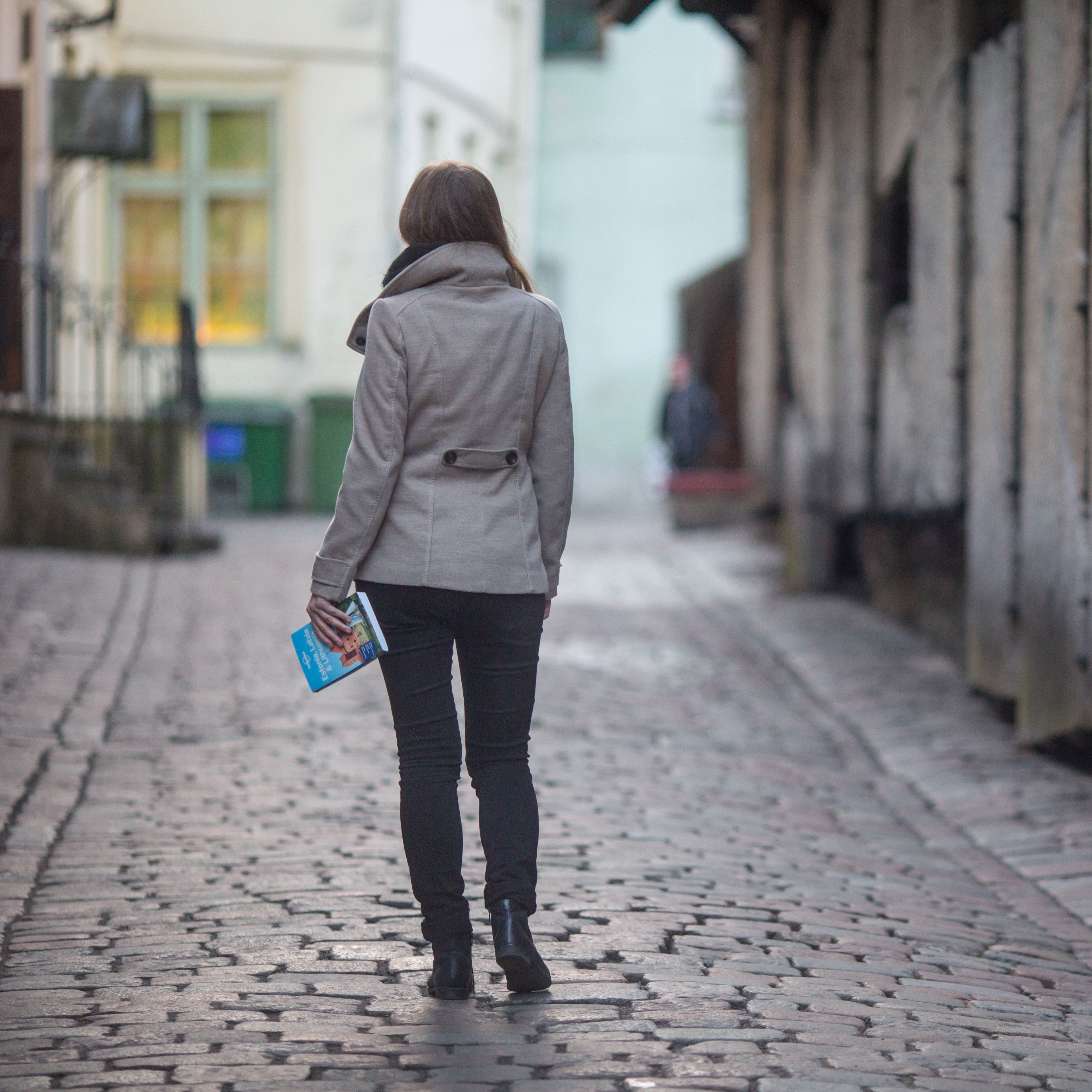
Author Steven Jacob
Please welcome Steven Jacob to the blog today. Steven is the author of Nobody’s Heroes, historical fiction about the black regiment out of Harlem during World War I. As part of the #damppebblesblogtour for his novel, Steven graciously wrote this piece about one of the real people in his historical fiction, artist Horace Pippin.
I love reading about artists, so this fascinated me!
By Steven Jacob
When I was in high school I participated in Academic Decathlon. One year we studied, among others, artist Horace Pippin. I had long forgot about that fact when I started researching Nobody’s Heroes, but as I got further and further into the research and writing it became evident that he would play a major role in the story. As I learned more about him, and his art, I recalled how we had studied his biography and one of his pieces way back in the 90s. I only knew a little about him then, but now I respect him as an amazing artist who persevered through tremendous hardship.
A redcap in New York when the war started, Pippin joined the then 15th (what would later become the 369th) during the winter of 1917-1918. He wasn’t educated—his journals demonstrate that fact as he regularly misspelled words and had terrible grammar—but he was intelligent. He had an early love of art and kept a journal in which he not only took notes of events but drew illustrations. Unfortunately, this would be ordered destroyed by a white commander later in the war.
Enlisting as a private he served in K Company and followed the regiment through its strides. He learned to smoke in France and found comfort in the habit. He was Christian—I forget which sect at the moment—and considered himself devout. He, along with a friend in the regiment, became expert sniper hunters during the regiment’s front line service. Searching out snipers on hills and in trees and killing them from odd angles. It was an important service and his recreated journals report several instances of them doing this.
During the 2nd Battle of the Meuse-Argonne—the climactic battle of Nobody’s Heroes—Pippin took out a couple of snipers and lost his friend and was shot in the shoulder. I won’t go into the details of his injury or his role in the battle as I quote extensively from his journals—that he later remade after the war—in relating this event.
(Some may criticize me for quoting these journals, but they are in the public domain and they provide an insight into Pippin—into many like him—that I could not recreate if I tried. I credit the citation—as I do most everything else I quoted—in the text of the book.)
The injury he received resulted in near paralysis of his right arm and gave him a minimal pension. After the war he moved to Pennsylvania where he married a woman with a young son. In addition to his pension they took in boarders and laundry and managed to make ends meet while Pippin experimented with art.
In making artwork he would hold the tool—an iron when etching wood or a paintbrush when painting—in his right hand and use his left arm to move the immobile right hand. It was a painstaking and painful process but he succeeded admirably and produced enough celebrated work to be considered a leading artist of the Harlem Renaissance.
Pippin plays an important role in Nobody’s Heroes as he is a religious foil for Reuben Ayers (the main character). Reuben is atheist and does not believe in God, but some of his actions lead him to wonder how to erase past crimes and he questions belief, much in contrast to Pippin’s simple faith.
While Pippin was mentioned in some of the secondary sources I consulted, it wasn’t until I found his recreated journals available online at the Smithsonian that I really knew he had to be a character in the book. His stories are immediate and personal and more complete than I found in much of the correspondence I reviewed. It served as a real contrast to the memoir of Noble Sissle—which focused primarily on James Europe rather than the war experience—and Arthur Little’s official regimental history written from the perspective of an upper class white man.
Pippin’s art, too, is inspiring. The war affected him deeply—not just because of his injury—and it is evident in much of his art. Several pieces refer explicitly to the war depicting No-Man’s-Land and gas masks and airplanes and other elements that were familiar on the front.
While Reuben Ayers is fictional, most of the characters in Nobody’s Heroes come from real people in history. Of the many characters who populate the story, Pippin is perhaps one of my favorites. Thanks for reading and I hope you enjoy the book.
Thanks for sharing this, Steven! If you’re interested in Steven and his novel, check out the bio and links below.
About Nobody’s Heroes:
Reuben Ayers in on the come-up. He makes a deal with Tammany Hall to spy on the African American regiment out of Harlem during World War I. As he works his way into the regiment, befriending Jim Europe, bandleader; and his friend Noble Sissle, he begins to understand the power of altruism. Though too late he realizes that he has sacrificed too much for the wrong thing.
In an effort to repent his betrayal of his people, he sets out on a quest to save the child he did not know he had and to repair the relationships that he sundered during his climb to the political heights. Only through his friendships forged on the battlefield is he able to come to the conclusion that his fight must change if he is to save his soul.
About the author
Steven Jacob has been writing fiction since he was in the second grade. He earned a B.A. in History from Utah State University and a J.D. in law from Santa Clara University. He has worked as an international corporate attorney for the last ten years. He has published several legal articles and some freelance articles in magazines in Southeast Asia. An article based on events in his previous novel is scheduled to appear in the inaugural issue of Variety Pack, an online journal.
Twitter: @sdjacob30
Facebook: stevenjacobauthor
Website: https://stevenjacobauthor.com/
Check out all the reviews for Steven Jacob’s book on the Nobody’s Heroes blog tour!
Buy the book:
Published in digital, hardcover and paperback formats by Austin Macauley Publishers on September 30, 2019.
